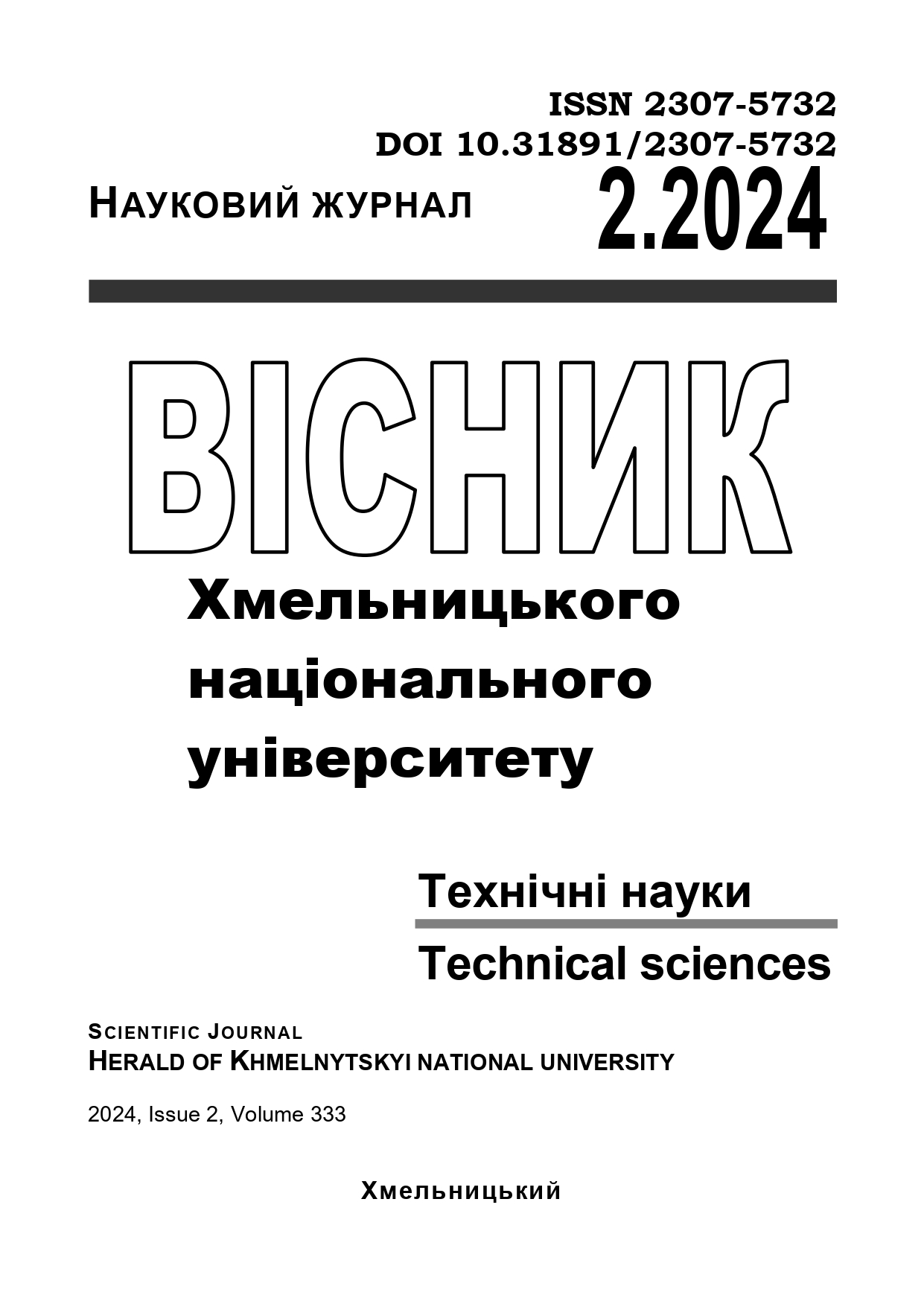PECULIARITIES OF NOISY IMAGE LOSSY COMPRESSION
DOI:
https://doi.org/10.31891/2307-5732-2024-333-2-44Keywords:
lossy image compression, noise, optimal operation point, performance comparisonAbstract
This paper deals with lossy compression applied to grayscale noisy images using several coders. The case of additive white Gaussian noise is considered as the first step in studying the problem. A special attention is paid to quite new coders AVIF and HEIF for which, to the best of our knowledge, lossy compression of noisy images of different complexity has not been thoroughly considered yet. It is shown that optimal operation point is possible for all coders under certain conditions according to different quality metrics including conventional peak signal-to-noise ratio and visual quality metrics such as PSNR-HVS-M and MS-SSIM. The compression parameters (metrics) in optimal operation point significantly depend on image complexity and noise intensity where the existence of optimal operation point is more probable for simple structure images and/or intensive noise. Comparison of metric values in optimal operation point for the considered coders shows that slightly better characteristics are provided by better portable graphics (BPG) and advanced discrete cosine transform (ADCT) coders. The results for JPEG are significantly worse. The AVIF and HEIF encoders provide similar results and they outperform JPEG significantly. Optimal operation point for all studied coders is observed more rarely for visual quality metrics than for peak signal-to-noise ratio. General tendencies concerning dependence of optimal compression parameters on noise intensity are presented. It is shown that compression ratio in optimal operation point is often larger than 20 and can be as large as 60. The problem with AVIF and HEIF is that it is currently unclear how to choose quality factor for them to carry out lossy image compression in the neighborhood of the corresponding optimal operation point. Meanwhile, there is the tendency to optimal quality factor reduction if intensity of additive white Gaussian noise increases. The directions of further research are discussed.

